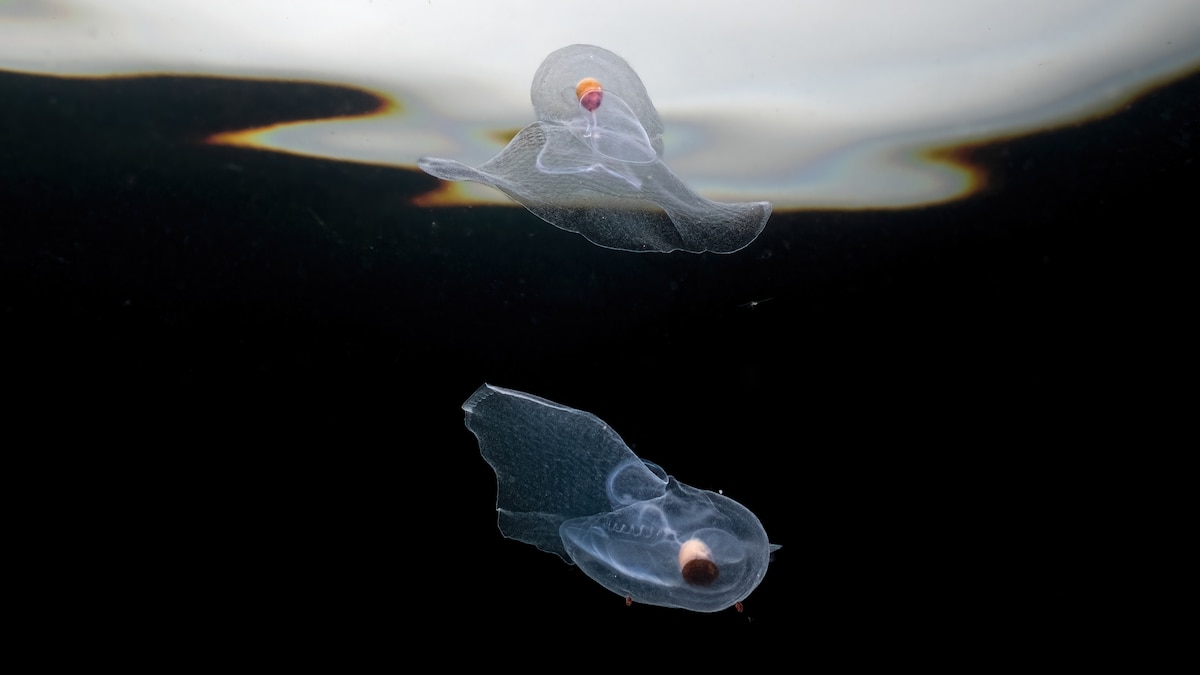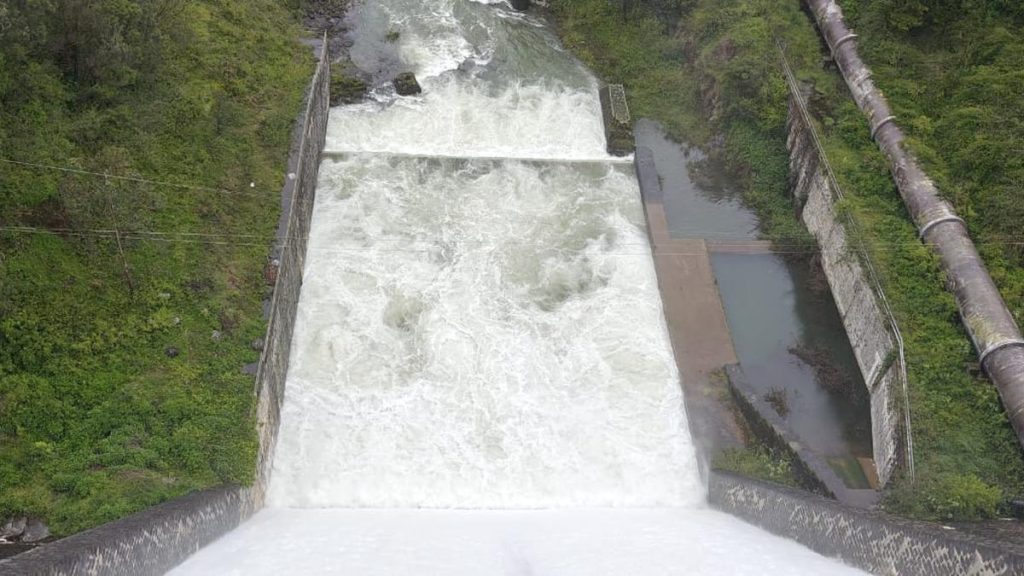Now Reading: Jellyfish Mysteries Unveiled at Last
-
01
Jellyfish Mysteries Unveiled at Last
Jellyfish Mysteries Unveiled at Last

Fast Summary
- Gelatinous Zooplankton: Commonly referred to as “jellies,” these creatures are mostly water and include diverse species like jellyfish, worms, and pelagic snails.
- Scientific Challenges: Historically hard to study due to their fragile bodies-poor fossilization, preservation difficulties, and lab observation issues.
- Research advances:
– DNA metabarcoding has revealed their presence in predators’ diets, showing they are integral to the food web.
– Studies indicate certain species transport significant amounts of carbon to the ocean floor.- Ctenophores might be Earth’s oldest animal species according to new research in 2023.
- Global Relevance:
– Understanding jellies is critical in light of climate change impacts such as warming oceans and pollution.
– Bloom cycles affect ecosystems dramatically and complicate establishing baseline measurements for ocean health.Images included:
- California sheephead preying on a twin-tailed salp (gelatinous zooplankton).
- Predatory lemon jelly with long tentacles above its body.
- Hula-skirt siphonophore moving under strong currents at surface levels.
- Pelagic snail that evolved transparency but retains its shell blurring zooplankton classification lines.
- Salp colonies reproducing sexually after maturity.
Indian Opinion Analysis
Gelatinous zooplankton occupy crucial ecological roles within ocean systems globally-impacting food chains through predation interactions while regulating carbon cycling processes critical for climate mitigation efforts. For India-a nation dependent on maritime ecosystems-the findings spotlight an urgent need for conservation-focused research on our surrounding oceans which support biodiversity hotspots like coral reefs.
India’s scientific community could leverage advancements such as DNA metabarcoding explored here not only for understanding jellies but broader applications toward fisheries management or assessing pollution impacts within territorial waters experiencing rapid industrial growth pressures .

























